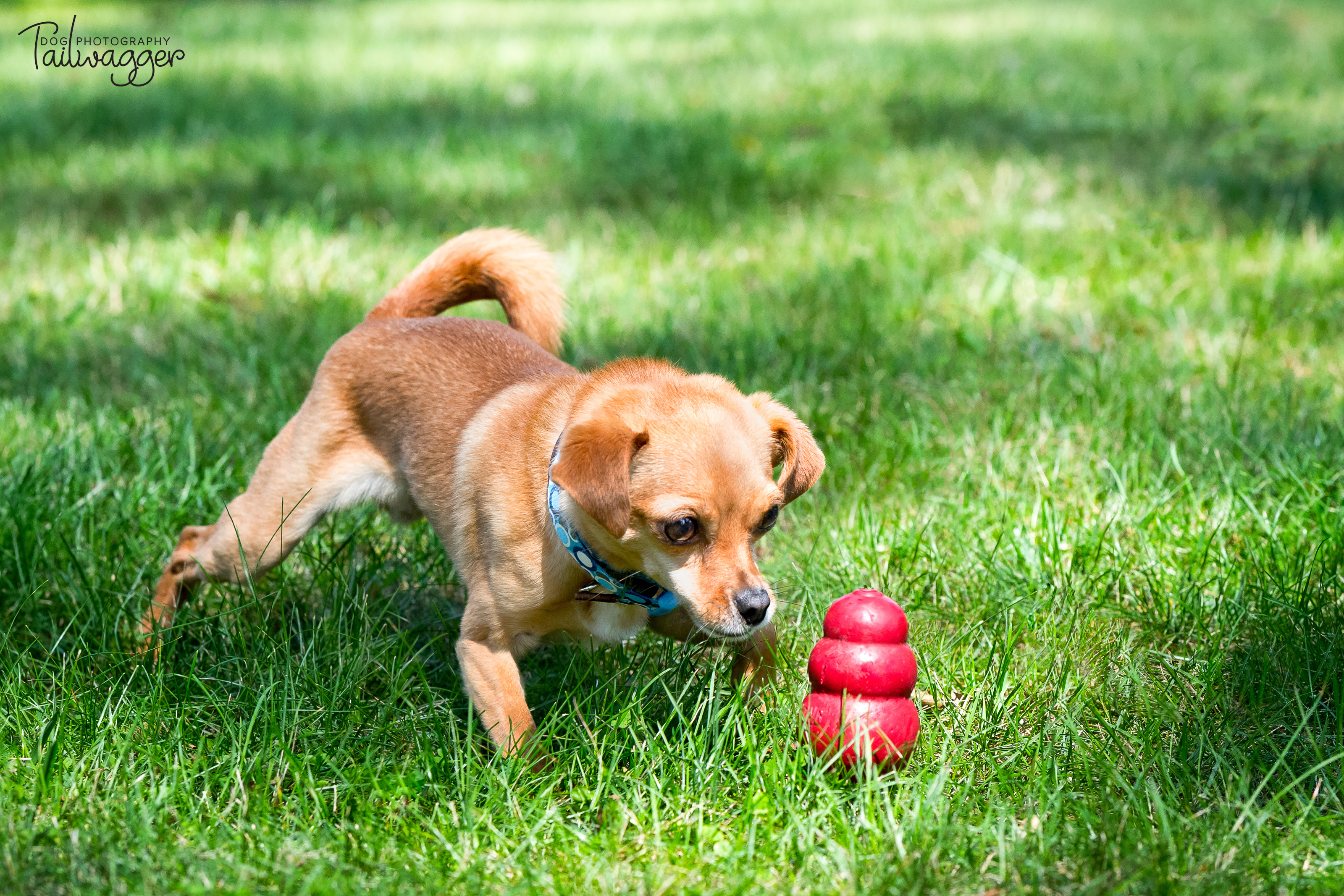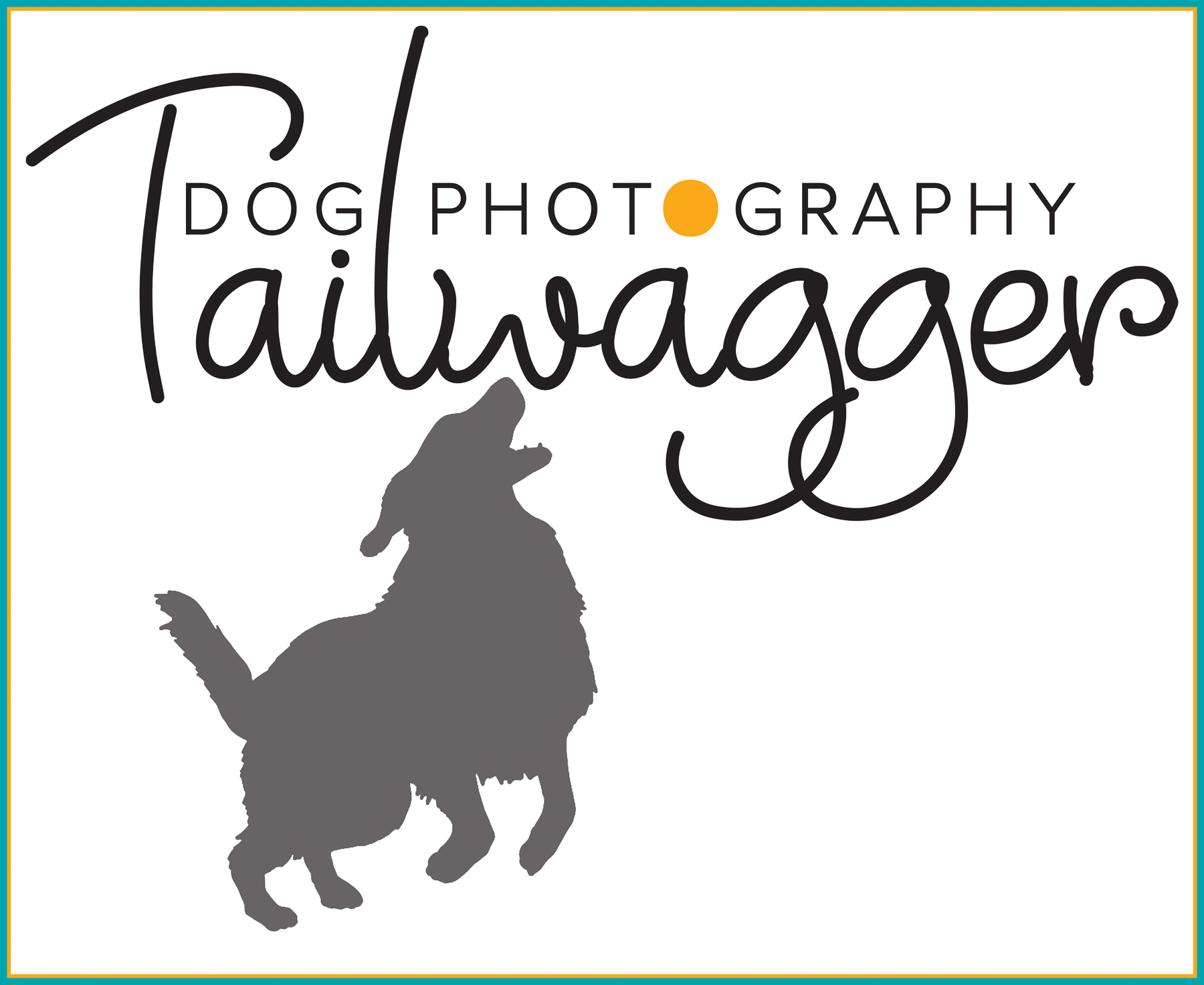It doesn’t take really expensive professional equipment to take better pet photographs of your dog. The pet photographers at Tailwagger Dog Photography have compiled 5 easy tips that will help you improve the photographs you take of your dog or pet.
#1 tip – get on the level of the dog. Most people photograph their dog from the standpoint that they look at him – which is from a standing position. Try lying flat on the ground or sitting on the ground the next time you try and photograph your tailwagger.
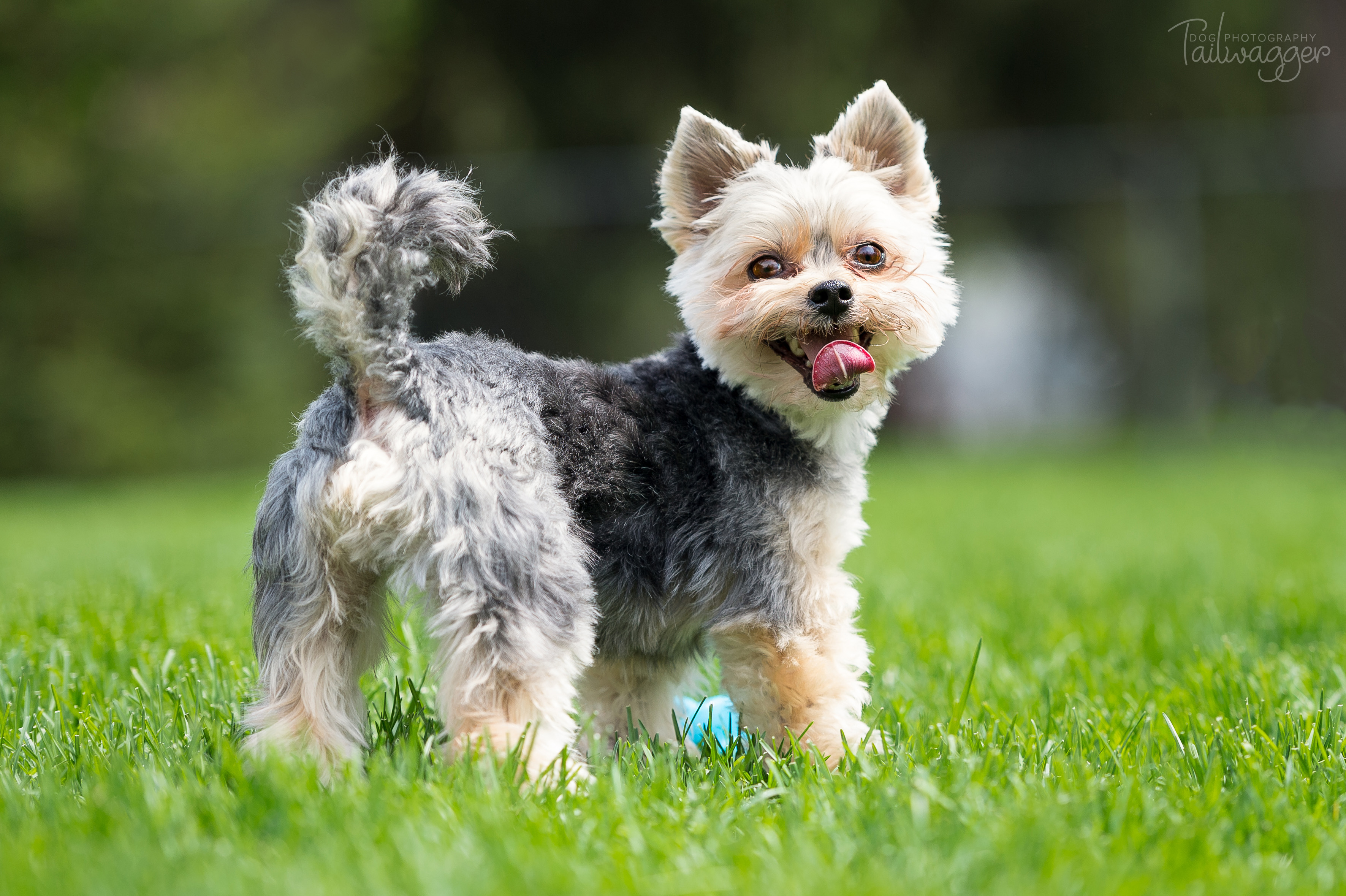
#2 tip – photograph your tailwagger in more diffused light (like an overcast day). A lot of people think the best photographing weather is a bright, sunny day. The opposite is true. The scene might look absolutely stunning to our eye, but it won’t to the camera’s sensors. The human eye is able to see a much greater range from light to dark than a camera’s sensor – our eyes can see details in the shadows and the highlights at the same time on a bright, sunny day – a camera’s sensor cannot.
In other words, the camera’s sensor (even on high-end professional DSLRs) can either record the highlight (bright) areas effectively or the shadow (dark) areas effectively – but not both.
So, what does this all mean for the photograph of your beautiful black standard poodle? He will probably appear like a giant black blob, while the rest of your image will look awesome. However, if you photograph him in more diffused light (like a cloudy day) or go to an area of open shade the camera’s sensors will be able to record the different tones and details of his fur, as well as the lighter areas of your image. Open shade is, for example, the shade a tree provides on a sunny day, but more toward the edge of the shade and the direct sun light (away from the tree trunk) and position the dog in the shade pointed out toward the sunlight (not toward the tree trunk).
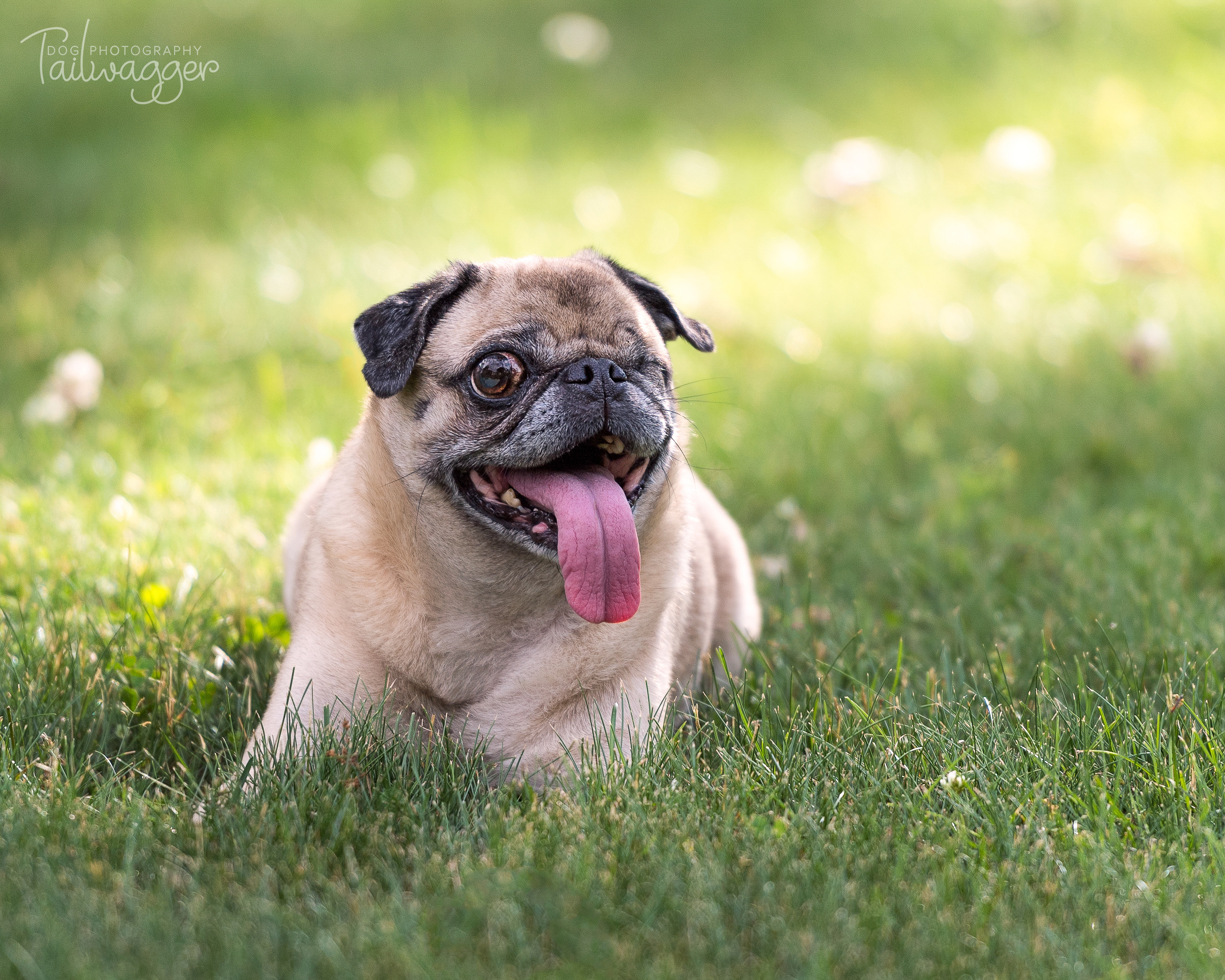
#3 tip – get closer. That doesn’t mean the lens of your camera should hit that cute little nose of your furry friend but if your dog is just a little dot in the camera viewfinder.…well, that might not be the best approach to show the details of your playful and unique furry companion. Try doing some headshots and full portraits instead. But if the environment adds something to your photograph, for example, you want to show off your beautiful flower garden that is behind your furball, you should go a little bit wider and capture that nice scenery with your dog as the subject.
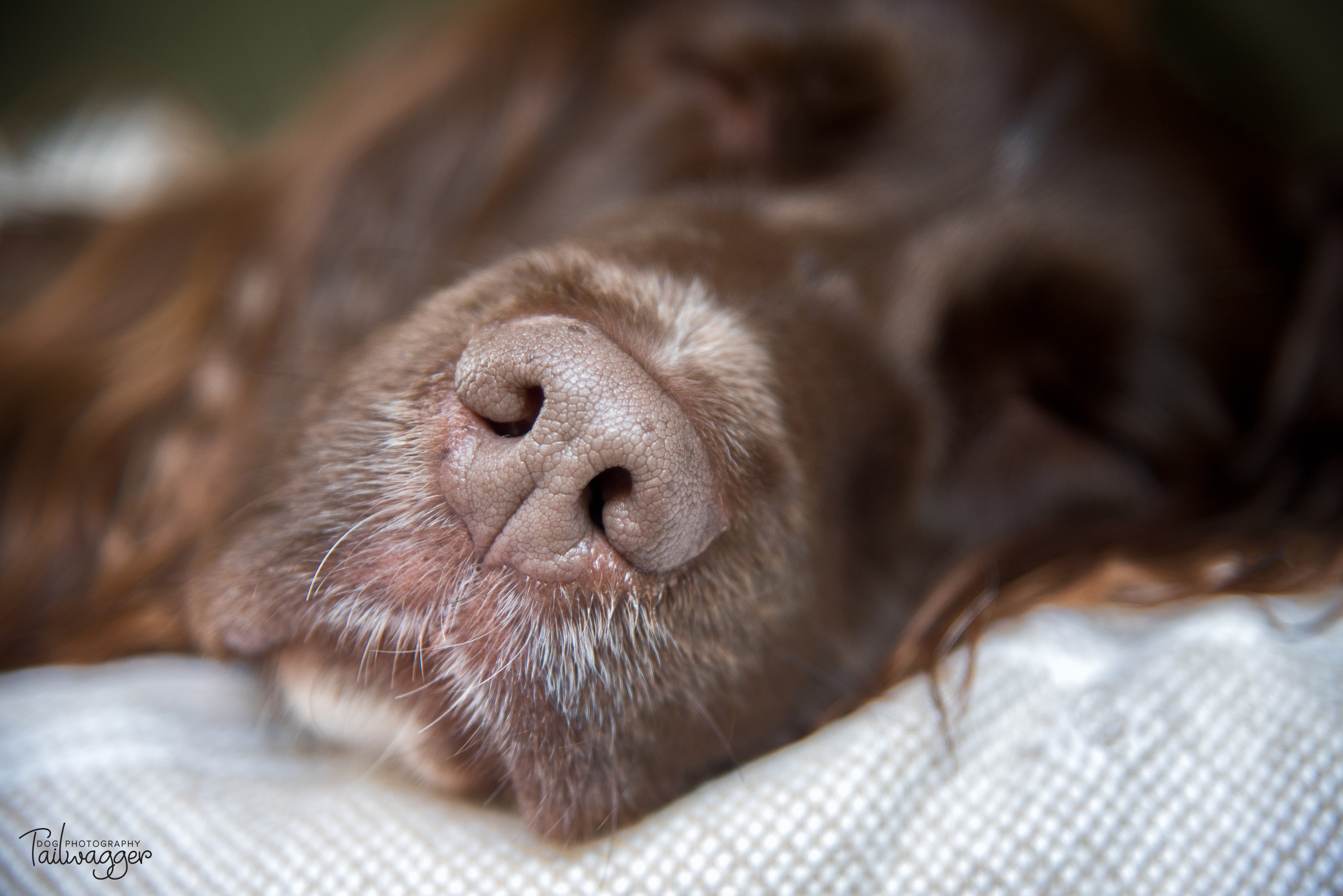
#4 tip – don’t be afraid to try out different or new angles. Photograph your furry companion from a very low angle or from directly above. Or take detail pictures of him – that wet nose, giant paw or those wonderful, soulful eyes with the long, thick eyelashes. Variety is the key!
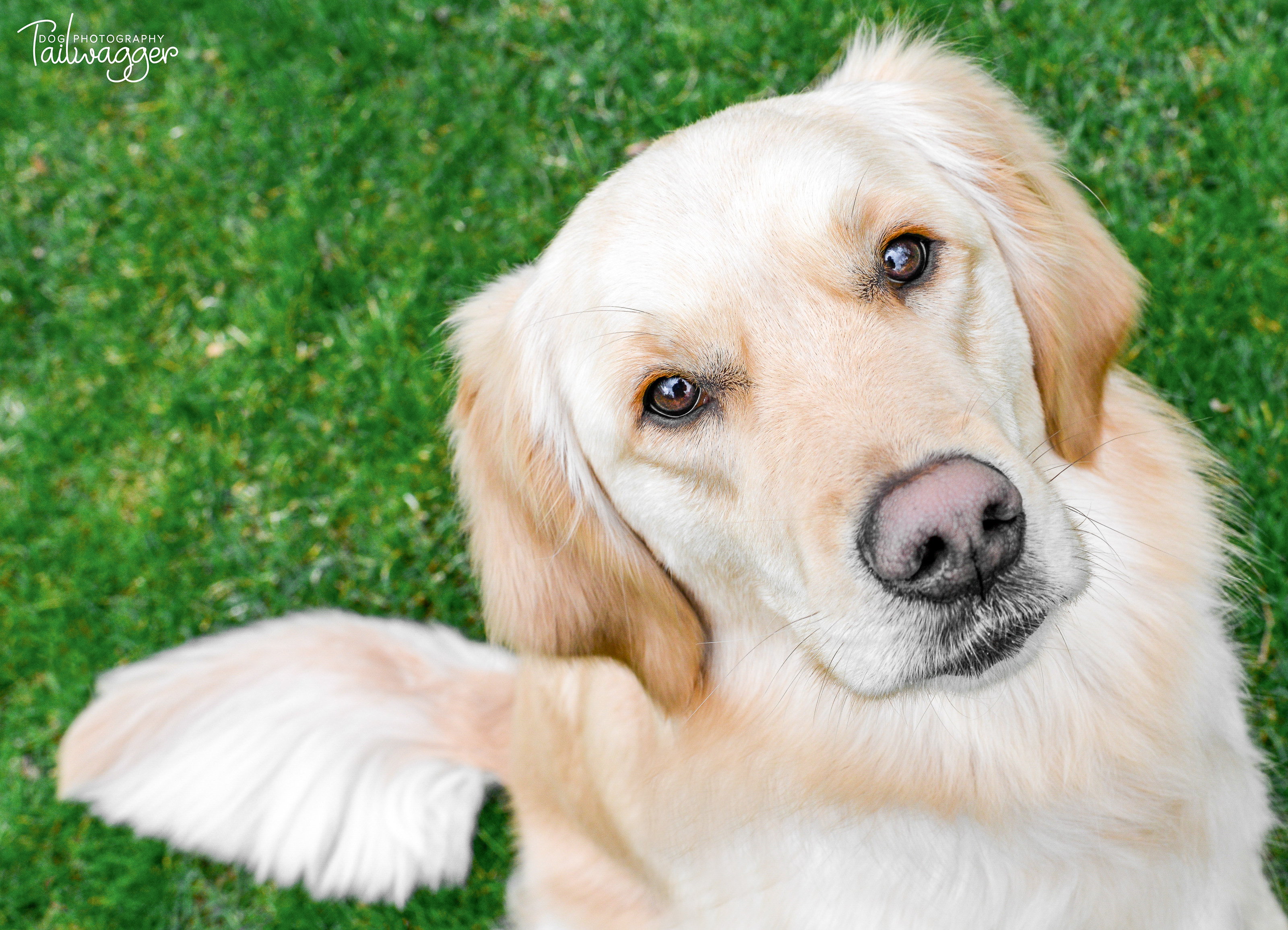
#5 tip – last but not least, don’t try and force anything. Don’t forget that photographing your beloved and faithful friend should be fun. Let him play, rest, run, sit…whatever he likes to do and capture your memory keepers while he’s doing what dogs do. If he doesn’t sit still like you want him to – just photograph him doing whatever he wants to do – just roll with it. He will eventually get tired and sit for you. Don’t put pressure on yourself to get that ‘perfect’ picture. Photographing is (like most things in life) a matter of practice.
